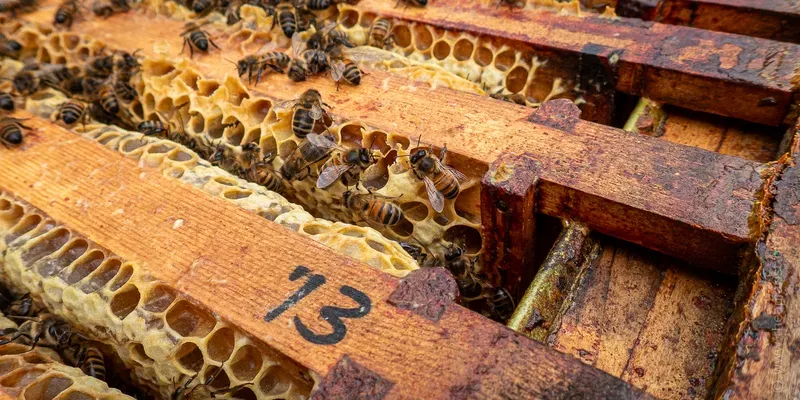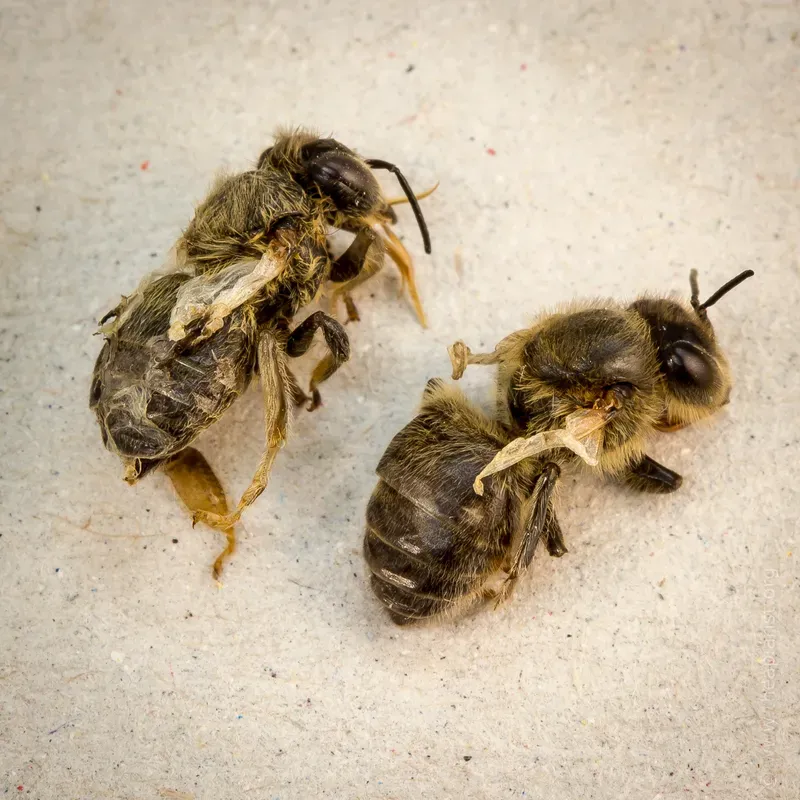Varroa - resistance, tolerance and virus virulence

For the majority of beekeepers, Varroa monitoring and management is an integral and necessary part of their beekeeping year.
If omitted, incorrectly applied or mistimed, Varroa levels rise, virus levels rise and overt symptoms of virus disease become apparent in the colony.

At best these can be controlled by prompt intervention, at worst they result in the near-inevitable loss of the colony.
Arguably, Varroa remains the biggest problem that most beekeepers face. It seems to be a particular issue for those new to our hobby; they were either not properly informed during their 'Start beekeeping' course {{1}}, or underestimated the importance of the topic.
This is understandable ... it's tempting to ignore those pesky parasites and pathogens when you're carefully designing the label to adorn all those glinting, golden jars of honey your bees will be producing.
I speak from experience.